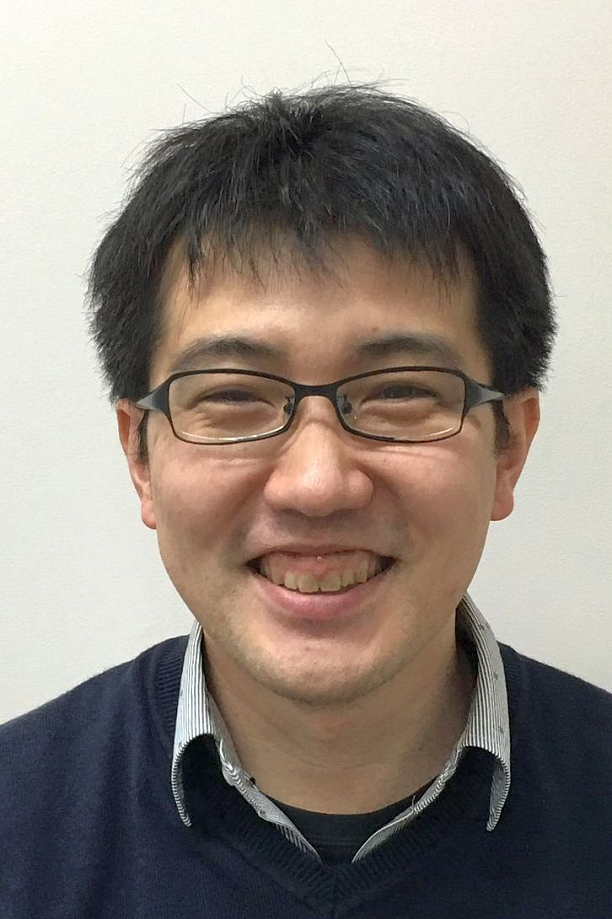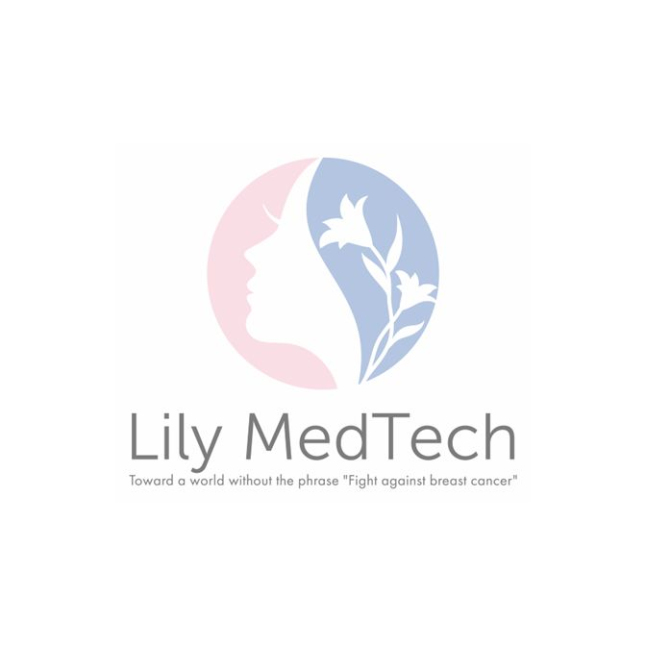59155
Lily MedTech
Providing highly accurate and comfortable breast screening.
Japan
Market: Mechanical engineering
Stage of the project: Prototype or product is ready
Date of last change: 03.12.2022
Japan
Market: Mechanical engineering
Stage of the project: Prototype or product is ready
Date of last change: 03.12.2022
Idea
We are developing a new breast screening device using ultrasound CT with AI. This device solves all stake holders in breast screening. Hardware of product has received regulatory approval in Japan.
Current Status
Raised a total of 2.1 billion yen.
Obtained regulatory approval for the screening system in Japan in 2021.
15 patents.
Clinical images of 900 cases are acquired.
Presented at RSNA (Radiological Society of North America) on 2022.
Obtained regulatory approval for the screening system in Japan in 2021.
15 patents.
Clinical images of 900 cases are acquired.
Presented at RSNA (Radiological Society of North America) on 2022.
Market
In Asia, the screening rate is low and new entrants are needed to expand the screening program, and the device concept was designed to be suitable for these new entrant institutions. In Europe and the U.S., the performance of the device will be demonstrated through clinical research to replace the existing market as a medical device that is also compatible with Dense Breast.
Problem or Opportunity
1. The screening rate is low in Japan and Asia, and devices that reduce pain and other disincentives to screening are desired.
2. Nearly half of all women under the age of 65 worldwide have dense breasts, which make it difficult to detect breast cancer with mammography. In the U.S., a law has been enacted that requires mammography alone to convey the risk of missed screening results.
2. Nearly half of all women under the age of 65 worldwide have dense breasts, which make it difficult to detect breast cancer with mammography. In the U.S., a law has been enacted that requires mammography alone to convey the risk of missed screening results.
Solution (product or service)
1. An inspection method in which the device does not come into direct contact with the breast was adopted to reduce pain.
2. Because ultrasound is used, accuracy can be maintained even with densest breasts, and the problem of skill dependence of the imager, which is a problem of conventional ultrasound examinations, has been solved by using automated 3-D imaging.
2. Because ultrasound is used, accuracy can be maintained even with densest breasts, and the problem of skill dependence of the imager, which is a problem of conventional ultrasound examinations, has been solved by using automated 3-D imaging.
Competitors
Mammography (Hologic),
Ultrasound systems (GE, Siemens, Philips),
Ultrasound CT(Delphinus)
Ultrasound systems (GE, Siemens, Philips),
Ultrasound CT(Delphinus)
Advantages or differentiators
For mammography, there is no loss of sensitivity even if half of women have dense breasts, and there is no pain associated with the examination, so there is little disincentive to undergoing examinations.
For ultrasound, the entire breast is imaged, making it possible for the first time to achieve accuracy control that could not be achieved in the past. The performance of the developed technology does not change depending on the technician's technique.
Compared to USCT, diagnosis is not based on physical properties, but rather on AI that reflects the knowledge of physicians to date.
For ultrasound, the entire breast is imaged, making it possible for the first time to achieve accuracy control that could not be achieved in the past. The performance of the developed technology does not change depending on the technician's technique.
Compared to USCT, diagnosis is not based on physical properties, but rather on AI that reflects the knowledge of physicians to date.
Finance
Sales from equipment sales and recurring revenue from AI diagnostic billing.
Business model
Combination of equipment sales and recurring revenue through AI usage
Money will be spent on
Clinical research and new AI development in Australia to prepare for North American market entry. Ongoing domestic clinical trials to increase the number of cases and improve AI performance and regulatory filings. Hardware cost reduction and quality improvement.
Team or Management
Risks
The time it takes to conduct an AI regulatory review, whether the efficacy of an AI device is recognized as intended as a result of the review, and the market penetration of the AI device.
To address these issues, clinical studies and regulatory applications are being prepared in Australia and other countries outside Japan. Since it is a new medical device, the background of medical professionals welcoming AI is rather different from that of conventional AI devices.
To address these issues, clinical studies and regulatory applications are being prepared in Australia and other countries outside Japan. Since it is a new medical device, the background of medical professionals welcoming AI is rather different from that of conventional AI devices.
Incubation/Acceleration programs accomplishment
NEDO STS
The University of Tokyo, Center of Innovation
AMED
Global Navigator Japan 2022
JSTART-UP
The University of Tokyo, Center of Innovation
AMED
Global Navigator Japan 2022
JSTART-UP
Photos

Presentation
Sign in/Sign up
